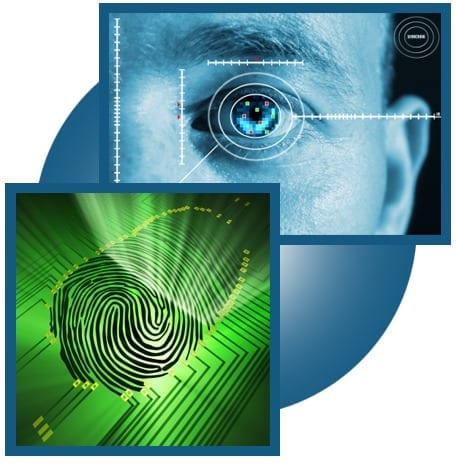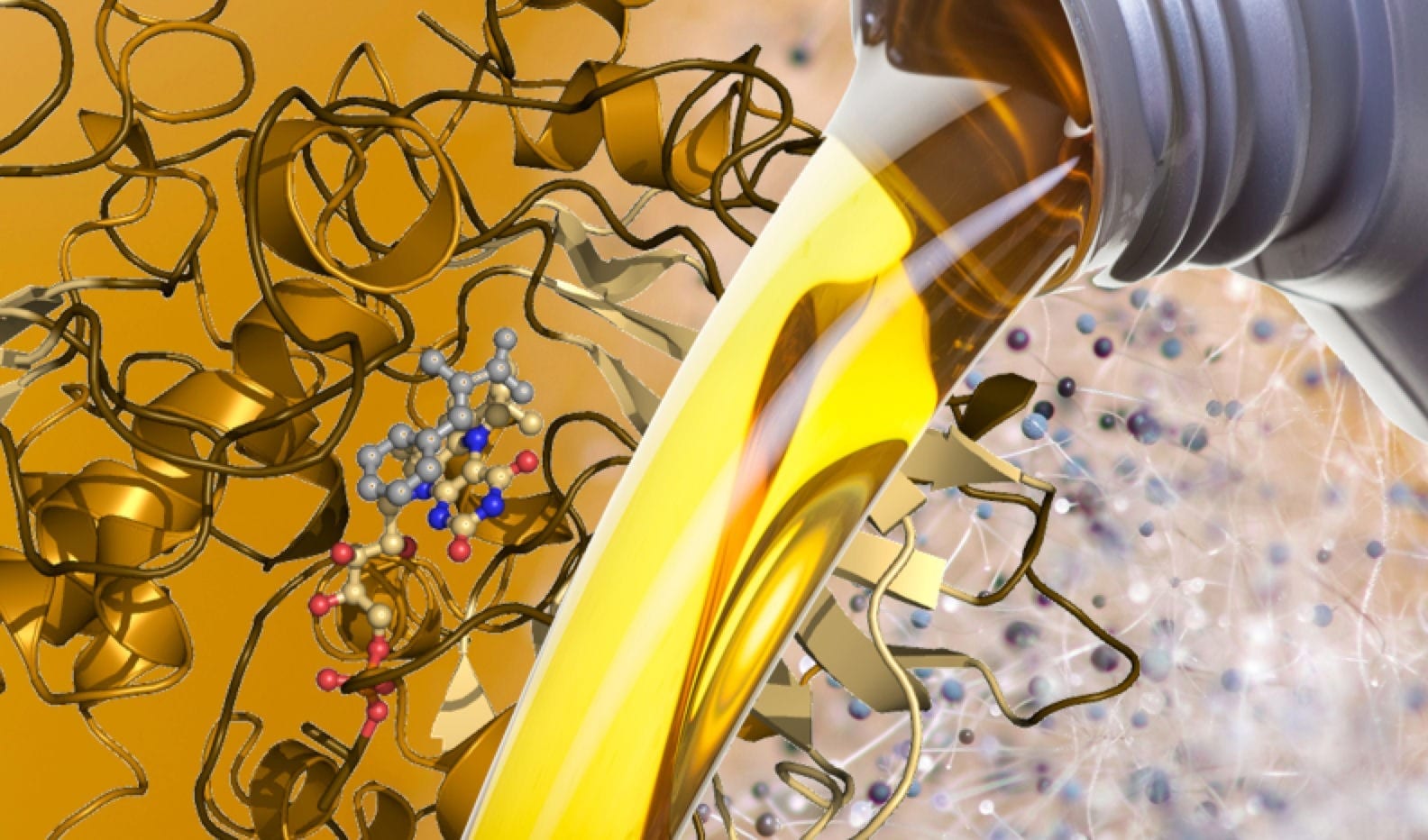
The fashion for wearable technology may get rid of the need for passwords
WATCHES and spectacles were “wearable technology” long before the marketing maven who dreamed the term up was born. But now that some of these devices are fitted with gizmos which let their wearers monitor and record their lives down to the millisecond, many technologists are asking what else the data thus generated might be used for. One such is Javier Hernandez of the Massachusetts Institute of Technology (MIT). He thinks Apple Watches, Google Glasses and their kin might provide a solution to the problem of password inflation.
Ever longer, ever more numerous, ever more complicated passwords are a curse of modern life. Unless such passwords are used frequently, remembering them is close to impossible. So they get written down, obviating the point of their complexity. One way around this is to use unique bodily characteristics, known as biometrics, to identify people. Fingerprints and iris scans, in particular, have been tried, but both require special equipment. Mr Hernandez’s work offers an alternative that does not: ballistocardiography.
Ballistocardiography is the study of the body’s movement in response to the activity of the heart. Every time someone’s heart beats, his body shifts slightly. The details of these shifts seem unique to individuals. Mr Hernandez wondered whether the accelerometers fitted to things like smart watches might be able to detect ballistocardiographic shifts, and thus generate a new type of biometric. As he has just reported to a conference held near MIT, it seems they can.
He and his colleagues worked with a group of graduate students. They asked each volunteer to stand, sit and lie down while wearing either a head-mounted or a wrist-mounted device that could collect the relevant data. They then ran these data (or, rather, 80% of them) through a piece of software written for the purpose, to seek individual telltales. Once the software had chewed on the data and drawn its conclusions, they then fed it the other 20%, to see if it could spot those telltales afresh, and identify individual participants correctly.
It could. When participants were lying down, the software was able to recognise them 94% of the time. When they were sitting or standing it was less reliable, getting their identities right 86% and 72% of the time, respectively. Not perfect then, but a plausible point of departure for refinement. And if it could be refined, it would certainly be practical.
Read more: Biometrics: Shifting identity
The Latest on: Biometrics
[google_news title=”” keyword=”Biometrics” num_posts=”10″ blurb_length=”0″ show_thumb=”left”]
via Google News
The Latest on: Biometrics
- Biometrics to support easier interactions grow with new tech, guidanceon April 27, 2024 at 10:57 am
Iris biometrics at a distance, authentication for encryption keys and open digital identity APIs are all confirmed as mature technologies in this week's update.
- SIA, IBIA oppose prohibitions on TSA use of facial biometrics in potential FAA measureon April 26, 2024 at 3:04 pm
SIA and IBIA urged Congress to reject this proposal which would force the TSA to abandon its use of facial biometrics.
- Stop Using Your Face or Thumb to Unlock Your Phoneon April 26, 2024 at 12:16 pm
The laws surrounding 5th Amendment protections and biometric passwords are still undecided, so just turn it off.
- Airport biometrics bans proposed in US state and federal legislationon April 26, 2024 at 10:06 am
Clear is facing legislative pushback in California from lawmakers who claim the system discriminates. Meanwhile U.S. Senators target the TSA from a new angle.
- Contactless Biometrics Technology Market CAGR of 20.3%, Revealing the Consumer Story Ethnography Techniques for Deeper Understandingon April 25, 2024 at 3:45 pm
Thus, the steady growth in demand for smartphones is contributing to higher demand for contactless biometric technology, thereby, making a significant impact on the market growth all over the world.
- WhatsApp Gets ‘Class 3’ Security on Androidon April 25, 2024 at 12:58 pm
Android devices classify biometric security using a tiered system, with Class 3 representing the most robust level of protection. Class 3 authentication must meet strict benchmarks for accuracy, ...
- US Travel Industry Opposes FAA Amendment That Would Restrict TSA's Use of Biometric Technologyon April 25, 2024 at 9:10 am
The amendment could lead to longer lines and less safety, while wasting millions in taxpayer dollars invested in this technology.
- IDEX Biometrics 2023 annual report and 2023 executive remuneration reporton April 25, 2024 at 7:29 am
The 2023 annual report and annual financial statements dated 24 April 2024 in pdf as well as ESEF xbrl file format, and also the 2023 executive remuneration report, are enclosed (links below). The ...
- NextGen Nordics 2024: Can behavioural biometrics fix fraud?on April 25, 2024 at 4:12 am
Moderating her second panel of the day - Fraud prevention and AML: the need for behavioural biometrics in this instant age - Finextra’s senior reporter Niamh Curran spoke to Megan Heald, senior ...
- Biometrics: A Flash Point in AI Regulationon April 24, 2024 at 6:12 am
According to proprietary verification data from Onfido (now a part of Entrust), deepfakes rose 3100%... The post Biometrics: A Flash Point in AI Regulation appeared first on Entrust Blog.
via Bing News










